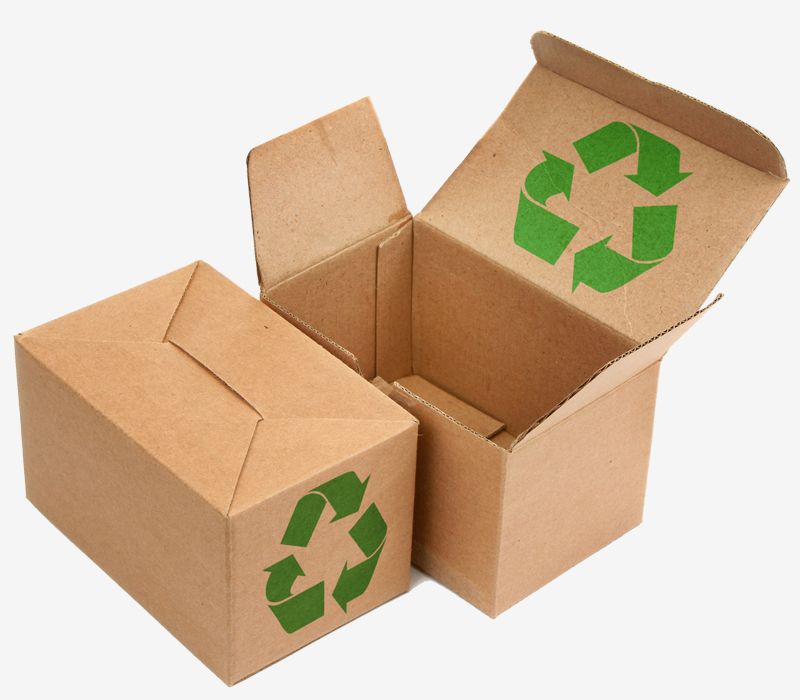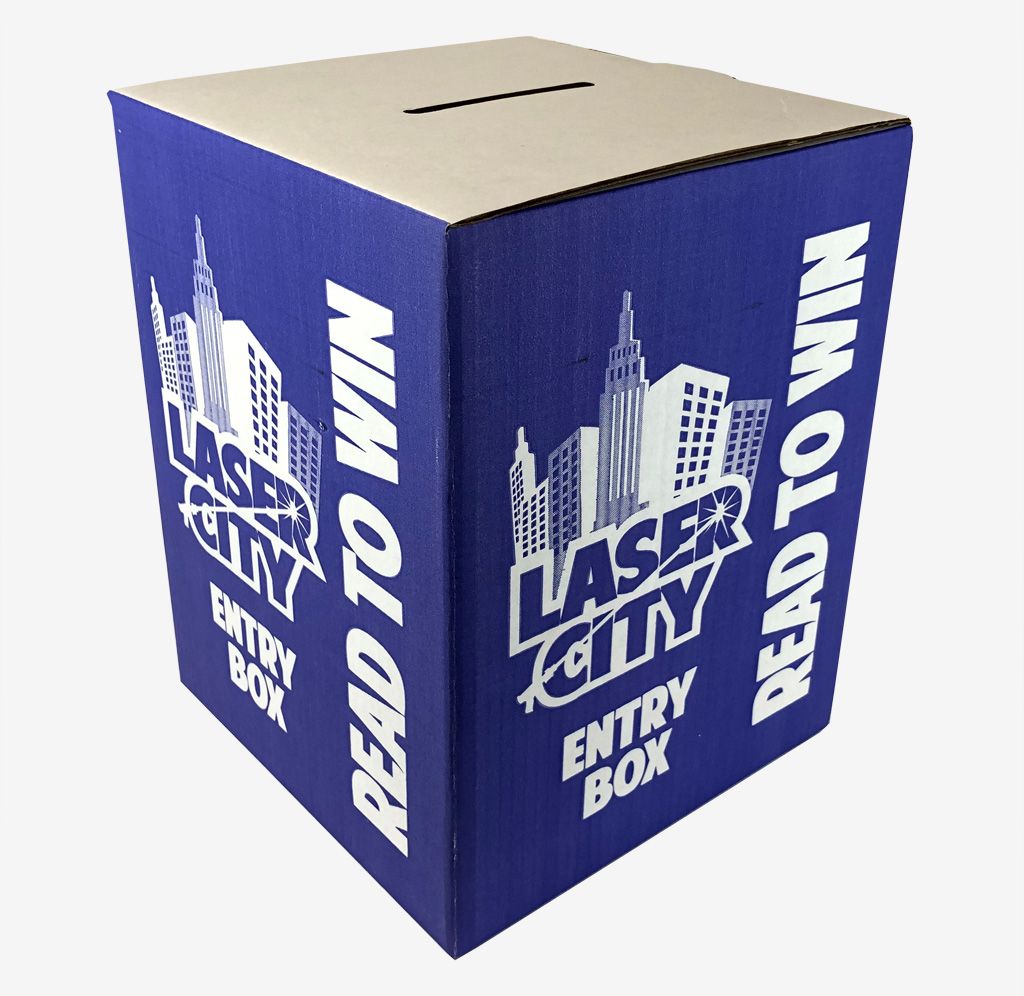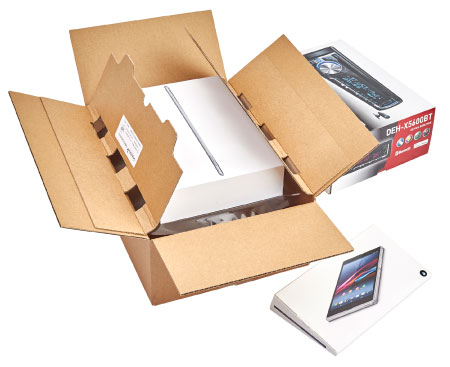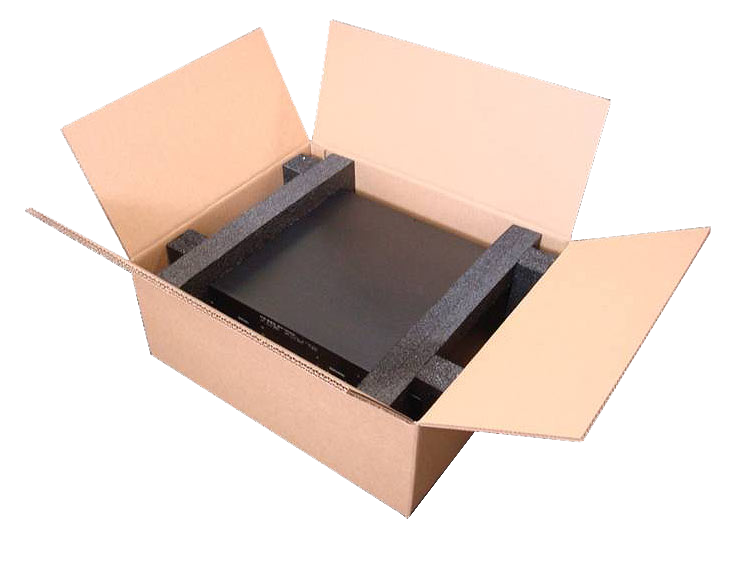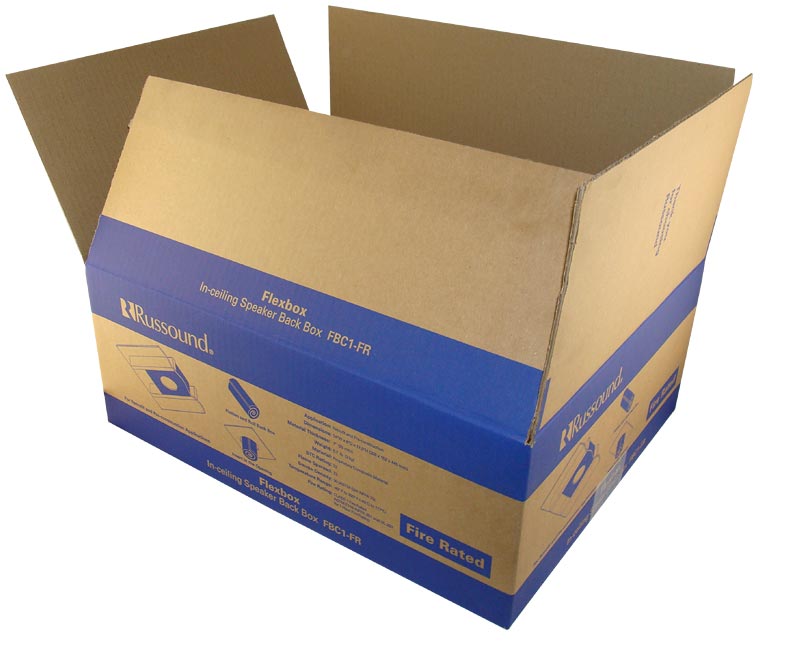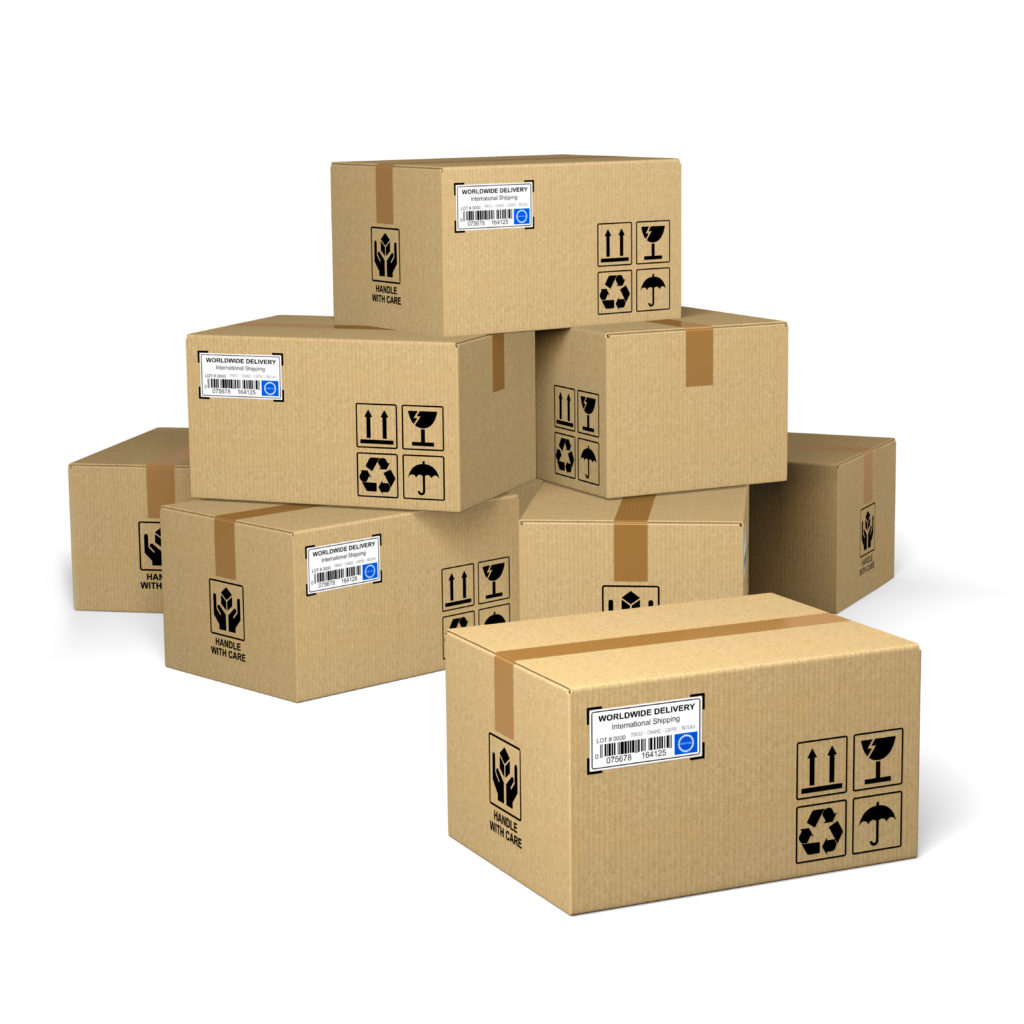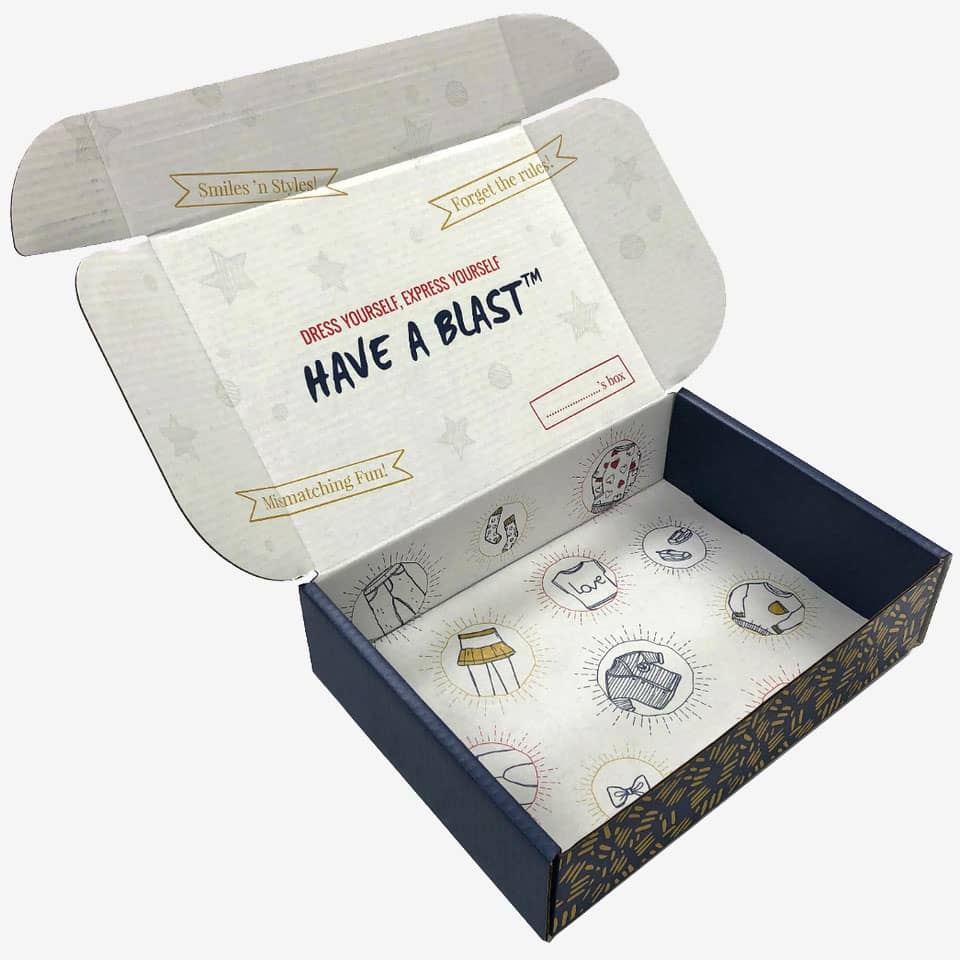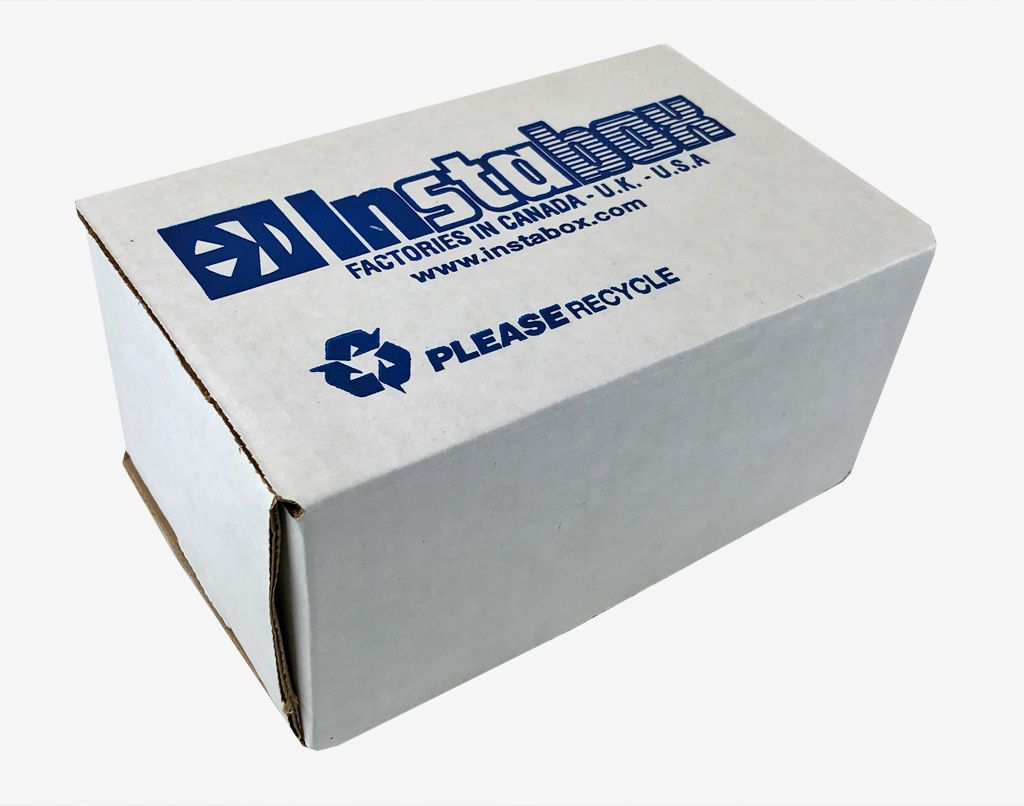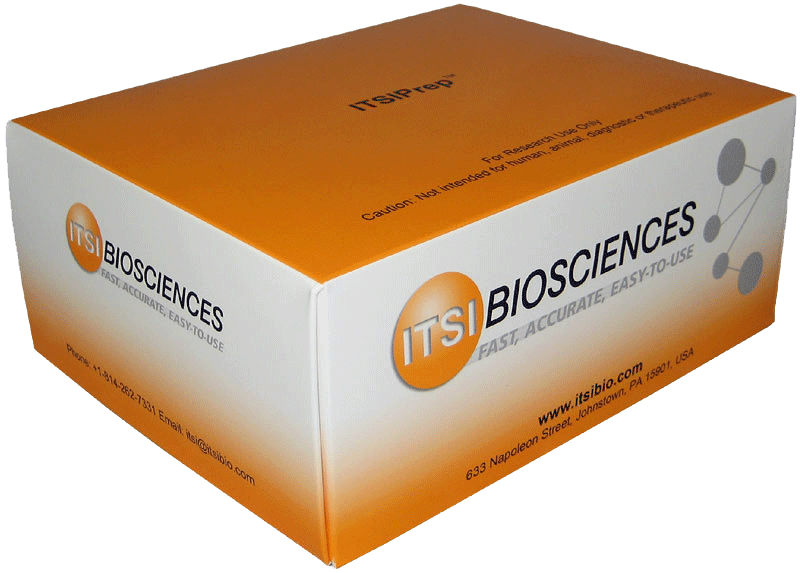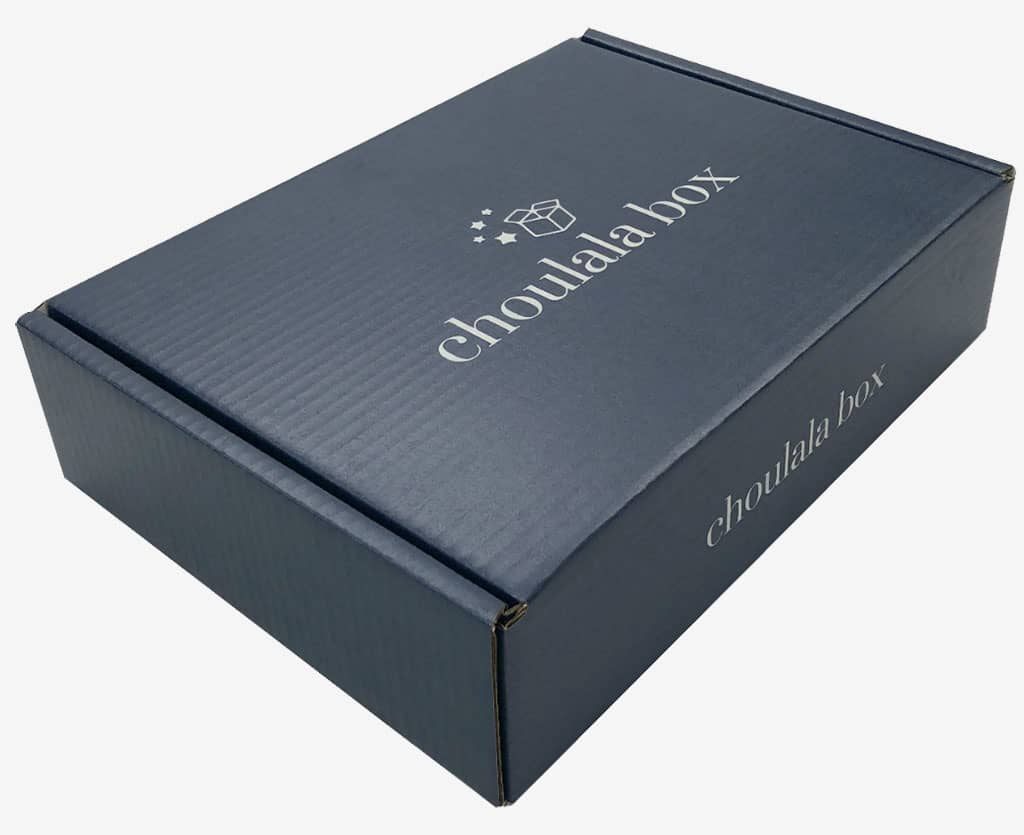
In the world of packaging, the custom mailer is a versatile and indispensable solution for businesses looking to leave a lasting impression on their customers. Often referred to as a mailer box, this type of packaging is known for its practical design, durability, and ability to be tailored to specific branding needs.
A mailer box is a self-locking, corrugated cardboard container designed to provide secure shipping and an aesthetically pleasing unboxing experience. Unlike traditional shipping boxes, mailer boxes feature a foldable design that eliminates the need for additional adhesives or tapes. This makes them not only user-friendly but also cost-effective for businesses aiming to streamline their packaging process.
Characteristics of Mailer Boxes
- Durable Construction:
Mailer boxes are typically made from corrugated cardboard, which provides strength and protection during transit. This material ensures that fragile or delicate items remain intact, even when shipped over long distances. - Customizable Design:
One of the standout features of custom mailers is their ability to be tailored to reflect your brand’s identity. From vibrant colors and logos to unique patterns and finishes, businesses can design mailer boxes that resonate with their target audience. - Easy Assembly:
Mailer boxes come with a pre-creased structure, making them quick and easy to fold into shape. Their self-locking mechanism ensures a secure closure without requiring additional tools or materials. - Variety of Sizes:
Available in a range of sizes, mailer boxes can accommodate products of various dimensions, from small accessories to larger items.
Typical Uses for Custom Mailer
- E-commerce: Online retailers use mailer boxes to ship items like clothing, electronics, and beauty products. Their sturdy design ensures products arrive in pristine condition.
- Subscription Services: From snack boxes to skincare kits, mailer boxes are widely used in subscription-based businesses. Their customizable nature allows brands to deliver a cohesive and exciting unboxing experience.
- Gift Packaging: Many businesses use customized mailer boxes for gifting purposes, as they can be designed to enhance the presentation of the contents.
Products That Fit Perfectly in Mailer Boxes
- Apparel and Accessories: T-shirts, scarves, and jewelry are often packed in mailer boxes due to their compact size and protective features.
- Books and Stationery: Whether it’s a new novel, a planner, or a set of greeting cards, mailer boxes provide a safe and attractive way to deliver these items.
- Cosmetics and Skincare: Fragile bottles and jars are securely held in mailer boxes, often with added inserts to prevent movement.
- Tech Gadgets and Accessories: Items like headphones, phone cases, and chargers are commonly shipped in mailer boxes to ensure they remain undamaged.


